Hard Rock Park wasn’t perfect. But it was a truly unique family park given a rock and roll spin. It was carefully designed and lovingly detailed in a way that revealed its team as Disney and Universal Imagineers working on a healthy budget for a seasonal park. With customized, soulful flat rides, a world class dark ride, and a lineup of roller coasters wherein each was somehow innovative, you might’ve expected that Hard Rock Park would become a noteworthy contender in the seasonal park lineup.
It lasted four months.
It began with cutting back the operating hours... drastically. Originally scheduled to be open from 10 AM - 1 AM the next morning, the park began to close earlier and earlier until its gates were shuttered well before dark. That eliminated the nightly fireworks shows, too. Prices were slashed at the gate to little avail. The Park scheduled no more concerts after August 30, despite two full months of operation planned for September and October.
With a full month left of its operating calendar, Hard Rock Park announced an early closure and laid off its staff, filing for Chapter 11 bankruptcy with the park announcing a 2009 reopening. Bankruptcy is a scary word, but it’s not unheard of. Six Flags underwent Chapter 11 bankruptcy (which is focused on reorganization) and emerged in 2010, and by all counts is a stronger company for it.
However, just a month later, the park converted its Chapter 11 bankruptcy to Chapter 7… liquidation.
What Went Wrong
As with any failed entertainment initiative, lots went wrong. Some argue that the Hard Rock brand was too mature to attract families. Others say that Myrtle Beach couldn’t have supported a theme park regardless of the intellectual property behind it. Some people say that it was the location in relation to the city's tourist center, while others say it just couldn’t beat the beach itself for tourist attention. There are many opinions and many people who feel very strongly about Hard Rock Park. But here are a few things that seem generally agreeable that we think played a major role:
1) How the park was (and wasn't) marketed
Advertising is important for all theme parks, even established and successful ones. The people behind Hard Rock Park did very little. They imagined that 17 million people would encounter Hard Rock Park simply by proximity, and that plenty of those people would opt to visit.
Josh Young of Theme Park University explained to Jim Hill in a 2014 look back for the Huffington Post: “To management's way of thinking, if they managed to persuade less than 20% of those people who were already vacationing in and around Myrtle Beach to come experience Hard Rock, their theme park would have been a financial success right from the get-go. But that didn't happen. Consequently a theme park that had been designed to accommodate 20,000 - 30,000 people per day wound up having an average daily attendance of just 2,000 people. The theme park's marketing -- the fact that so few folks knew that Hard Rock Park even existed -- really got this project off to a rough start.”
Perhaps this is also the spot to discuss how brands matter. It's not that Hard Rock was the wrong brand or intellectual property for the park. Indeed, it might've been one of the only choices to bring the park to life. But it was a double edged sword. When on vacation with young children, parents probably would not select the Hard Rock Café as a great lunch spot. The brand skews a little older. Which is fine, except that teens and young adults drawn by the Hard Rock name and marketing arrived at a park mostly filled with family rides and family coasters. The introduction of walk-around punk-rock bear characters only added to the marketing confusion - is this park rated G, or PG-13?
2) How the park was priced
Theme park pricing is a delicate subject. As Disney Parks crest $100 for a single day (albeit, with deep discounts for multi-day trips) and annual pass tiers in excess of $600, people keep asking why theme park ticket prices just keep going up and up. Even as prices skyrocket, attendance at huge destination parks continues to climb, where annual price hikes are now necessary just to avoid overcrowding.
But for most seasonal parks, operators “give away the gate.” Parks ask a steep fee for a single day entry, but it’s all psychological. Sure, Busch Gardens wants $75 to get in for a day. But you’ll get a discount of $15 for purchasing tickets online; buy-one-get-one with a can of Coca Cola; pay for a day and get all summer; upgrade to an annual pass for less than the price of another visit.
Consider it a loss leader… the idea is, “just get them into the parks, then you’ve got them for parking, food, souvenirs, front-of-the-line-passes, upgrades, etc.” (Even then, balance is important. Make it too cheap and you get Six Flags circa 2005, selling $40 annual passes that change the crowd composition).
Hard Rock Park wasn’t exactly a discounted experience. Admission for a single day was $50 in 2008. Not markedly different from the Kings Islands and Cedar Points of the world (albeit, those parks are far more built-out, offering more in the way of attractions and entertainment). But while most parks offer steep discounts for children (based on age or height) and then further discounts via local retailers or promotions, Hard Rock Park's pricing was concrete. $50. Even for a 4 year old. To not offer a child ticket tier was unheard of (except for major adult-themed events, like Universal's Halloween Horror Nights) and probably did little to attract families.
Pretty quickly, managers backpedaled by offering deals like the one below.
An annual pass came in at $150 – the same price, in 2008, as Cedar Fair’s Platinum Pass, providing free parking and admission at all dozen of the chain's parks nationwide.
Perhaps most humorously, the “single day VIP pass” was four times as much as general admission at a whopping $200, but allowed you to skip the (non-existent lines) at the vacant park.
As the season progressed, Hard Rock Park got desperate and offered wild price cuts and buy-one-get-one style deals like the coupon above, but it was too late. Crowds were already heading out of Myrtle Beach for the year, and Hard Rock Park hadn't met its attendence expectations or – more importantly – fueled the word of mouth it promised.
3) The world in 2008
Remember when a gallon of unleaded gasoline was $4.25? Remember when a global financial crisis was looming on the horizon and the United States was about to be plunged into the worst financial straits since the Great Depression? Given the financial climate of the era, Hard Rock Park – and subsequently, Freestyle Music Park – might not have stood a chance anyway.
The "staycation" had been taken out of the mothballs yet again as families saved by cutting out their once-a-year pilgrimages to cities like Myrtle Beach. Those who did make the trek certainly didn't want to pay $200 (on admission alone) for a family of four to visit a Hard Rock themed amusement park.
Rock On?
Despite promises that Hard Rock Park would reopen in 2009, its fate was sealed.
In February 2009, another private group, FPI MB Entertainment, purchased the park for $25 million (the entire park and all its rides selling for about the same cost as Kings Island’s 2015 roller coaster Banshee). By April, the new owners had announced that, despite efforts, the Hard Rock licensing would be dropped. All Hard Rock Park merchandise was destroyed as part of the bankruptcy court rulings, and a new, family-friendly name was selected.
Freestyle Music Park would use what it could of Hard Rock Park’s music-themed infrastructure, but focus on rock n’ roll, country, reggae, pop, R&B, alternative, Christian, and disco music. The park’s address was changed as Hard Rock Parkway was renamed to… Fantasy Harbour Blvd.
What changed? In short, a wave came across the park, removing any specific references to songs, characters, bands, or albums that Hard Rock had specifically licensed. Otherwise, the park's offerings were no different except for the addition of a few new children's areas and some expected renaming.
- Rock & Roll Heaven was renamed Myrtle’s Beach.
- Born in the USA was renamed Kids in America.
- British Invasion was renamed Across the Pond.
- Cool Country was renamed Country USA.
- Four new flat rides were added to the “Kids in America” area.
- All five roller coasters received new names, none referencing any specific band, album, or song.
- Nights In White Satin: The Trip was entirely removed and replaced by a truly awful dark ride called Monstars of Rock, made worse by comparisons to what it had replaced.
At the close of 2009 (the park’s second season ever, and first under the Freestyle Music Park name and ownership) president Steve Baker said, “Overall, I’m really happy… We’re doing our best and we’re here to stay.”
The park closed for the season in fall 2009 and never opened again.
Long story short, Freestyle Music Park was drowning. Advertisers and advisors sued the park for a million dollars right out the gate. The park responded by saying that they would pay the debt with no issue, and that creditors were treating them unfairly just because the previous Hard Rock owners had been so unreliable. Ride manufacturers, creditors, even the lessors of radios and shelving units sued for non-payment and the property was plunged into foreclosure.
Even BMW sued, claiming that the park's Ferris wheel lift coaster (pictured above) had modeled its trains after the company's MINI Cooper line without properly licensing the look. (The ride's manufacter - Premier Rides, had built MINI Cooper trains for the Italian Job: Stunt Track roller coasters at three Paramount Parks, but under license. Hard Rock's version was just a little off, but too close for comfort for BMW's lawyers.)
For years, parties battled to get money from the owners of Freestyle Music Park, while the park sat completely motionless, its Led Zeppelin / Time Machine roller coaster visible from all around as a beacon of what had been.
Before you get any big ideas, don't expect anyone to swoop in, purchase the property, and work to re-open the park. A Kentucky Kingdom style rebirth is not just unlikely here, it's impossible. After five years of standing but not operating, something finally did move on the property in late 2014. Its major attractions were shipped overseas to be rebuilt at various parks around China and Vietnam. Like Geauga Lake, the property was essentially sold for parts. Now, the remnants of Hard Rock Park are barren but for the paths and standing structures.
Lessons to Learn
Hard Rock Park will always be a sort of enigma. Every year, historic midways and forgotten little amusement parks around the United States sell their last ride tickets and downsize or close altogether. Each time, it’s a tragic loss of a historic little amusement park. But Hard Rock Park was different.
Built from scratch, designed by talented thinkers, as detailed as any contender, and innovative in many ways, it went from grand opening to bankruptcy in mere months, only adding to its enigmatic narrative when it re-opened the following year de-branded and washed over with a generic music theme that eliminated any political incorrectness that had, unknowingly, been the charm of the park in the first place. It’s probably the only modern example of a park that’s outright failed, and unexpectedly, too.
After our in-depth retrospective look at the 150 years of Geauga Lake and its eventual and heartbreaking demise, it’s interesting to see a park last barely a full season before meeting the same fate. Even if fewer people got to see Hard Rock Park, those who did visit during its single year feel just as strongly as those who miss Geauga Lake: this was a park that should still be around.
Six years later and with its rides en route to Vietnam, the rest of us are left with a lot to learn about a little park that couldn’t.
The lesson? Next time you tell yourself that you'll put off a first visit “until next season…” don’t.
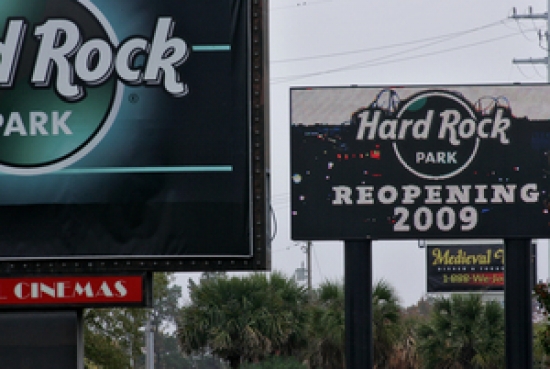
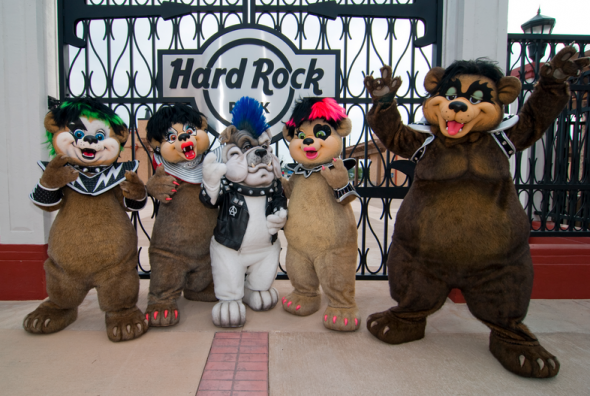
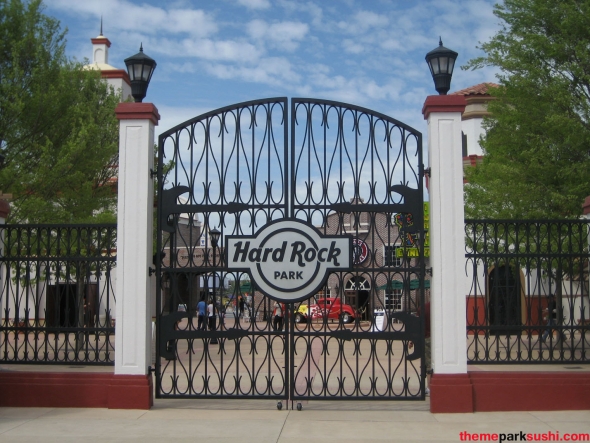
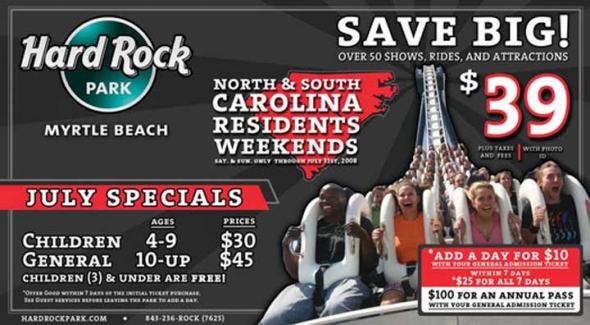
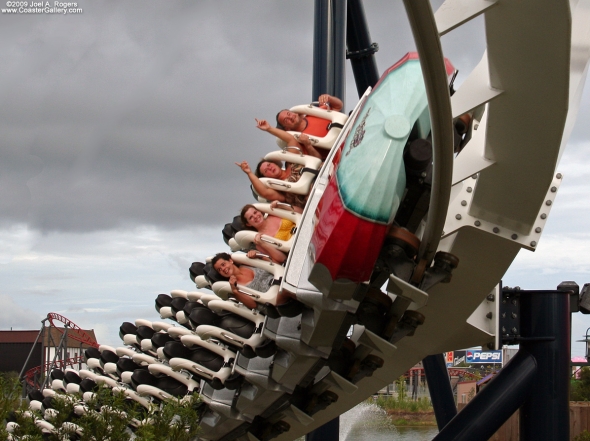
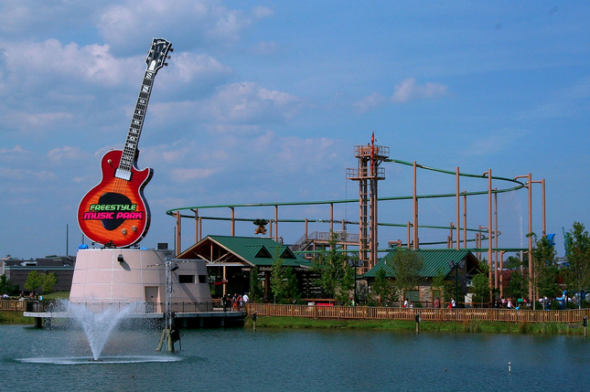
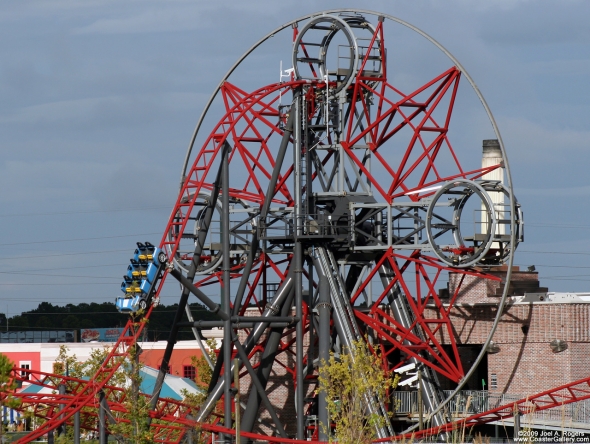
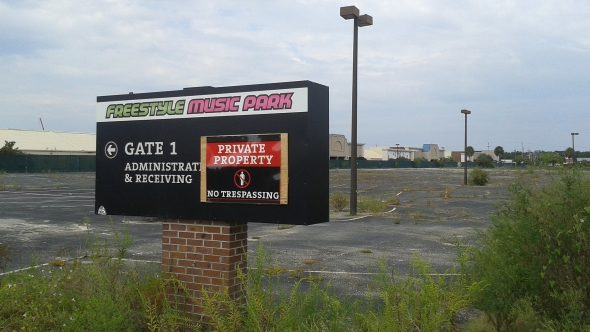
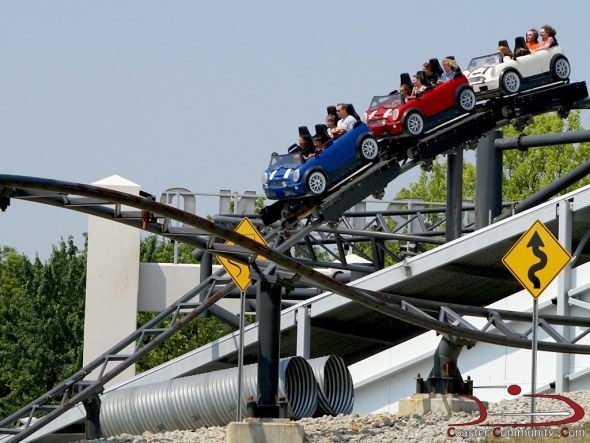
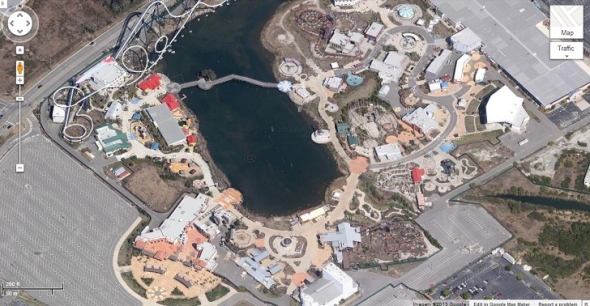

Comments
Brian,
WoW! You did an enormous amount of work on this. Very interesting. Thank you. I really enjoyed reading it.
It would have been a great addition to this article to interview those involved with the project. Jon was/is still one of the most creative people I've ever met, and Steve Baker has deep roots in the theme park industry. It would be interesting to know why they made the decisions they did regarding the marketing and pricing as well as the view of who their audience was to be. As for the second season, why did the operators add so many family flat rides? What was their pricing structure. And how did the guests who did attend like the park? What were their comments.
The Hard Rock Park was a creative success, but missed in their marketing and timing. It's an educational story that could use more inspection and discussion.